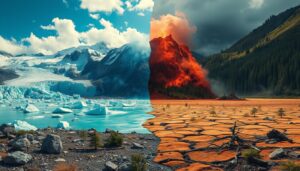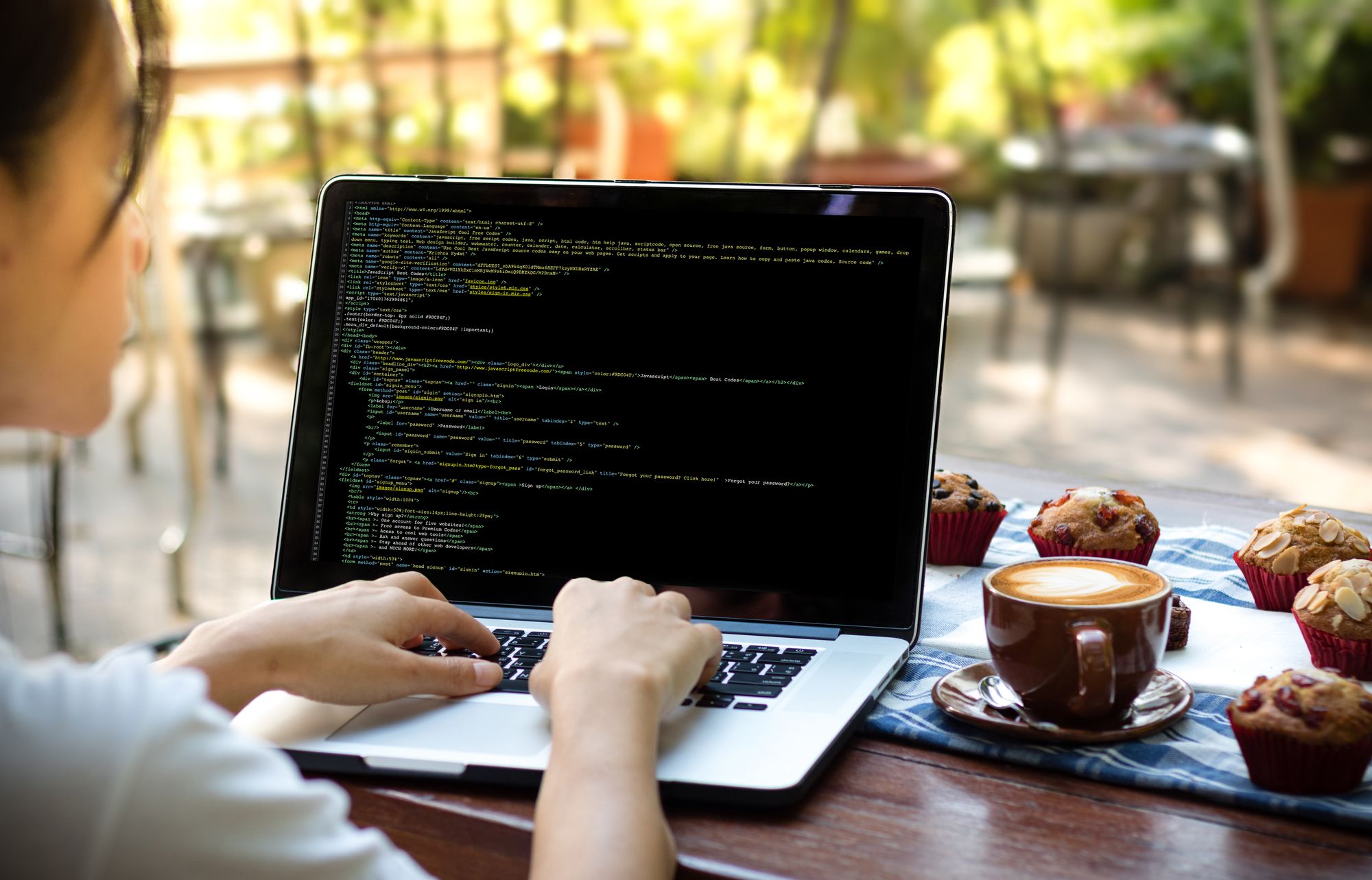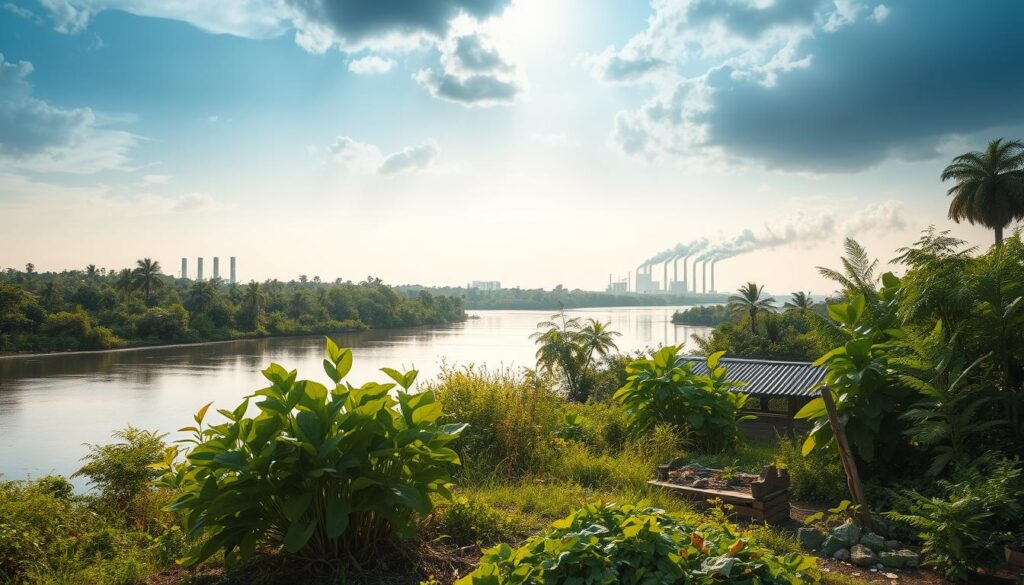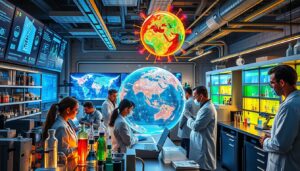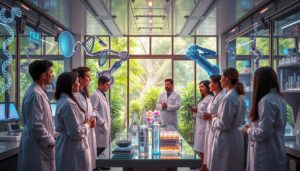היום, בעיות סביבתיות הן יותר דחופות מתמיד. הן משפיעות על כדור הארץ שלנו, על החברה ועל הדורות הבאים. כולנו יכולים לעזור, גם בדרכים קטנות. על ידי הבנת האתגרים הללו וחיים בצורה יותר קיימת, אנו יכולים ליצור עולם בריא יותר. מאמר זה יתמקד ב- בעיות סביבתיות ויחלוק צעדים שניתן לקחת כדי לעזור.
מסקנות מרכזיות
- הבנת החשיבות של טיפול ב- בעיות סביבתיות היא קריטית לדורות הבאים.
- פעולות פשוטות יכולות ליצור תופסה משמעותית על כדור הארץ שלנו.
- אימוץ שיטות קיימות הוא מרכזי להבטחת סביבה בריאה יותר.
- השתתפות קהילתית מחזקת מאמצים אישיים בטיפול באתגרים סביבתיים.
- המודעות והחינוך חיוניים לקידום תרבות של קיומיות.
הבנת בעיות סביבתיות
בעיות סביבתיות מכסות מגוון דאגות שנובעות מאופן בו אנו מתקשרים עם הטבע. אלה כוללות שינויי אקלים, זיהום, כריתת יערות ואובדן מינים. כל הגורמים הללו חיוניים לבריאות כדור הארץ שלנו ולעתיד שלנו.
הגדרת בעיות סביבתיות
"בעיות סביבתיות" הן בעיות שפוגעות באקוסיסטם, כולל אוויר, מים, אדמה ויצורים חיים. לדעת מהן הבעיות הללו עוזר לנו לראות את הצורך בפעולות שתישאר. עלינו להבין כי רוב הבעיות מגיעות מהשינויים שהביאו בני אדם לסביבה. זה נגרם על ידי תעשייה, חילוץ משאבים טבעיים ובניית ערים.
השפעת פעילות האדם
פעולות האדם משפיעות בצורה משמעותית על הסביבה. שימוש יתר במשאבים, יצירת פסולת והרס מרקעות מביאים לפגיעה. לעתים קרובות, אנו מחפשים רווחים מהירים ושוכחים את העתיד. לדעת את ההשפעה שלנו עוזר לנו לבחור לפעול טוב יותר. אנו יכולים לעשות שינוי על ידי שימוש חכם במשאבים וטיפול בטבע.
| בעיות סביבתיות | פעילויות אנושיות המתרמות | השלכות |
|---|---|---|
| שינויי אקלים | שריפת דלקים גופניים, כירות יערות | מזג אוויר קיצוני, אובדן מרחב חי |
| זיהום | פסולת תעשייתית, שימוש בפלסטיק | בעיות בריאות, זיהום קרקע |
| אובדן ביודיברסיטה | עירונות, מינים תולעים | מינים מובסים, אי יציבות באקוסיסטם |
| פיצוץ באקוסיסטם | דיג מופרץ, זרימת חקלאות | אובדן מרחבי מחיה, הכחדת מינים |
שינויי אקלים והשפעותיהם
שינויי אקלים משפיעים עלינו בצורות רבות, גדולות וקטנות כאחד. זה קורה עקב רבים מהגורמים בעולמנו. המדע של שינויי אקלים מסביר לנו כיצד זה עובד. זה בעיקר נגרם מיתר רב של גזי חממה באוויר.
המדע מאחורי שינויי אקלים
המדע של שינויי אקלים מביט על איך האדם מחמיר את המצב. אנו עושים זאת על ידי הוספת גזי חממה כמו פחמן דו-חמצני ומתן. זה בעיקר נגרם משריפת דלקים גופניים, כריתת יערות ועבודת מפעלים. כאשר הגזים אלה תופסים חום, העולם שלנו מתחמם. זה משנה את המזג האוויר ויכול להוביל לעליית גובה הים ולסערות קיצוניות יותר.
השלכות על הביוגנוס והאקוסיסטמות
שינויי אקלים רעים לכל היצורים החיים והמקומות בהם הם חיים. עם שינוי המזג האוויר, רבים מהבעלי חיים והצמחים לא יכולים להסתגל או לשרוד במקומות אחרים. זה גורם להם לאבד את בתיהם ולפעמים להיכנס לסופה. השינויים מאפשרים גם למינים תולעים לפגוע בבעלי חיים מקומיים עוד יותר. אנו צריכים לשקול את השינויים הללו ולנסות לעצור אותם כדי לשמור על יציבות הטבע.
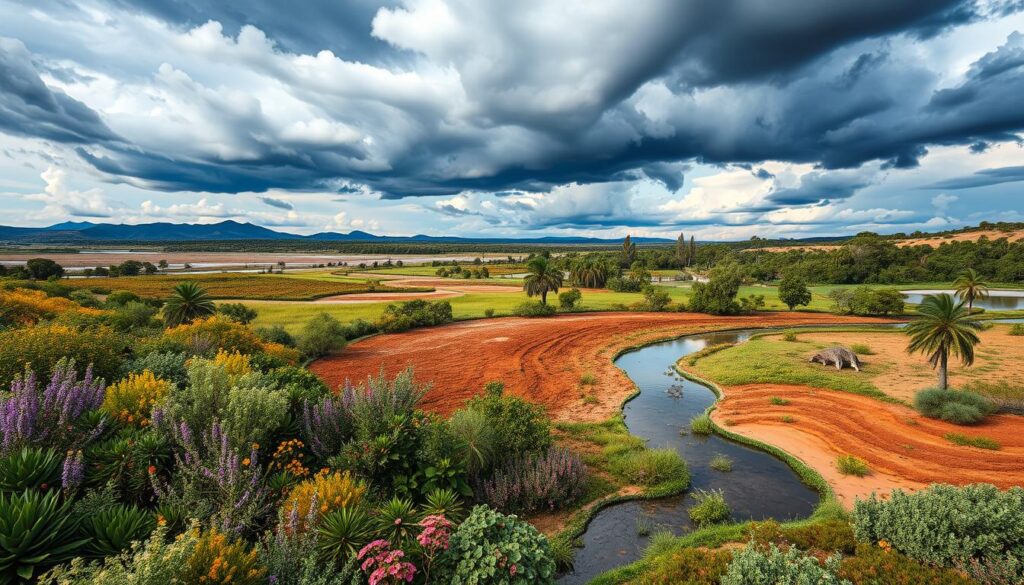
| השפעת שינויי אקלים | השפעות על הביודיברסיטה | דוגמאות |
|---|---|---|
| גידול בטמפרטורות | הגירת מינים | דובי שלג מתקדמים צפונה |
| שינויים במשקע | הרס חיה | הלבנת קורל באוקיונוסים |
| אירועי מזג אוויר קיצוניים | גידול סיכון לכיבוש | ירידה במספר הזחלים ביערות הגשם |
הזיה: דאגה שגוברת
הזיה היא בעיה גדולה לכדור הארץ ולבריאותנו. היא מתרפסת בצורות רבות כמו אוויר, מים, אדמה ופלסטיק. כל סוג יש לו סיכונים משלו. הם פוגעים בטבע ובגופנו בדרכים שונות.
סוגי הזיה שמשפיעים על כדור הארץ שלנו
אנו צריכים לדעת את סוגי הזיה העיקריים כדי להילחם בהם בצורה יותר טובה. הנה הקטגוריות:
- הזיה באוויר: רכבים ומפעלים משחררים דברים רעים לאוויר, מזיקים לו ומטהרים אותו.
- הזיה במים: דברים מזיקים כמו כימיקלים מסתיימים בנהרות ובאגמים, סוטים דגים והמים שלנו בסיכון.
- הזיה באדמה: פסולת מסוכנת משחיתה את האדמה שלנו, משפיעה על המזון ועל בריאותנו.
- הזיה בפלסטיק: יותר מדי פלסטיק מסתיים בטבע, מזיק לבעלי חיים ולאוקיינוס.
השלכות בריאותיות של הזיה
הזיה גורמת לא רק לקצת נוחות. הבעיות הבריאותיות הגדולות כוללות:
- בעיות נשימה: אוויר מלוכלך מוביל למחלות ריאות ואסטמה.
- מחלות הנשארות במים: מים רעים גורמים למחלה, במיוחד בילדים ובאנשים מבוגרים.
- סרטן: להיות בקרבת זיהום יכול להגביר את הסיכויים לסרטן.
- אפקטים נוירולוגיים: ילדים שנחשפים לרעלים עשויים לסבול מבעיות למידה וזיכרון.
דרכים להפחתת זיהום
כולנו יכולים לעזור במאבק בזיהום בדרכים הבאות:
- ניהול פסולת יעיל: עלינו לזרוק את הזבל בצורה נכונה ולייצר פחות פסולת.
- מחזור: המחזור עוזר להשתמש פחות ולחסוך במשאבים.
- אימוץ שיטות בר-תוקף: להשתמש באוטובוסים, אופניים או לשתף רכב. נסו רכבים חשמליים כדי להפחית את זיהום האוויר.
- יוזמות לניקיון בקהילה: הצטרפו לקבוצות מקומיות לניקיון של פארקים וחופים.
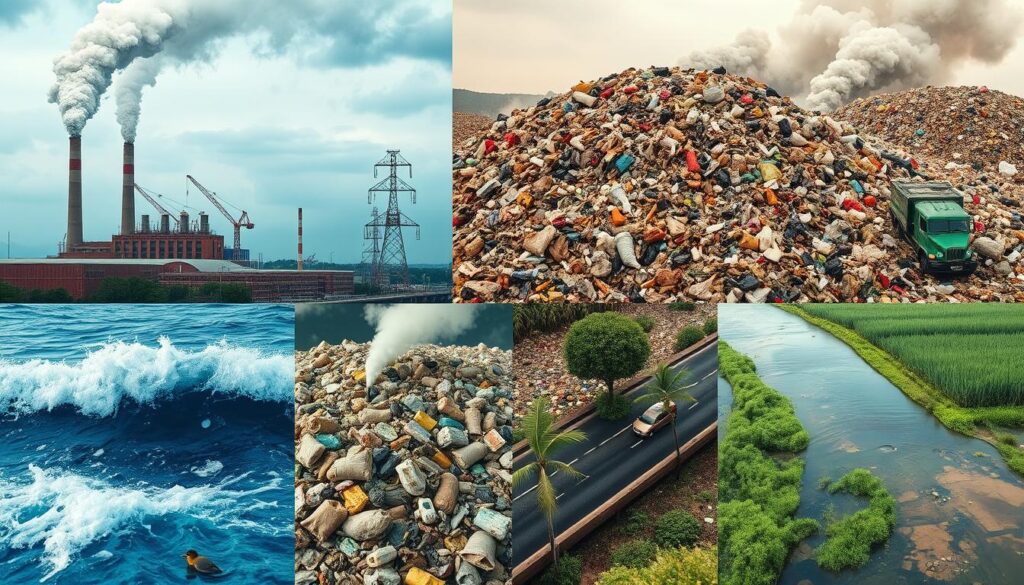
איך לשמור על משאבים טבעיים
כדי לשמור על משאבים טבעיים, עלינו לפעול כעת בנוגע למים ואנרגיה. אנו יכולים להוריד באופן משמעותי את השימוש ולעזור לכדור הארץ. הנה מספר אסטרטגיות קלות לחיסכון במים ואנרגיה בבית.
טכניקות לשמירה על מים
חשוב לשמור על מים כדי להגן על משאב זה החיוני. גם פעולות קטנות יכולות לעשות הבדל גדול. הנה כמה דרכים לחסוך במים:
- תיקון נזילות: תמיד בדקו לנזילות בביתכם ותקנו אותן כדי למנוע בזבוז מים.
- מתקנים בעלי זרימה נמוכה: התקנת ראשי מקלחת וברזים בעלי זרימה נמוכה יכולה להפחית את שימוש המים מבלי לפגוע באיכות.
- איסוף מי גשם: אספו מי גשם לשימוש בהשקיית צמחים או שימושים אחרים שבהם אינכם זקוקים למים לשתייה.
- מערכות השקייה יעילות: השתמשו בשיטות השקייה חכמות כמו השקיית טיפה כדי להשתמש רק במים במקומות בהם זה נדרש.
טיפים לחיסכון באנרגיה למשקי בתים
חיסון באנרגיה עוזר להוריד חשבונות והוא טוב יותר לסביבה. הנה צעדים פשוטים שמשפחתך יכולה לקחת:
- השתמשו במכשירים אקולוגיים בצריכת אנרגיה נמוכה: בחרו במכשירים המצוידים בתווית ENERGY STAR מכיוון שהם משתמשים בפחות חשמל.
- כוונו את הטמפרטורה במזגן: שמרו על ביתכם קריר יותר בחורף וחם יותר בקיץ כדי לחסוך באנרגיה.
- נתקו מכשירים מהחשמל: מנעו צריכת חשמל מיותרת על ידי מניעת התחברות מטעינים וגאדג'טים כאשר אינכם משתמשים בהם.
- בחרו בתאורת LED: החליפו לנורות LED מכיוון שהן משתמשות בפחות אנרגיה ונמשכות יותר מנורות רגילות.
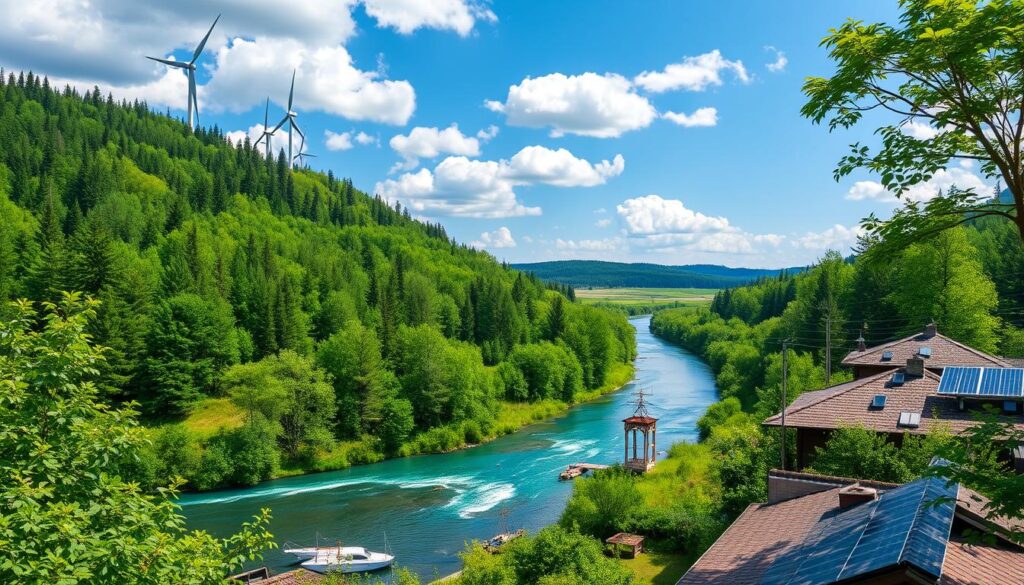
קידום שיטות קיימות
שיטות קיימות משפרות את חיי היומיום שלנו בכמה דרכים. לדעת כיצד להשתמש בהן עוזר לסביבה שלנו ומשפר את בריאותנו והקהילה שלנו. על ידי חיים קיימים, אנו עוזרים לכדור הארץ ונהנים מיתרונות רבים.
היתרונות של חיים בר-קיימא
חיים בצורה בר-קיימת מביאים הרבה השפעות חיוביות, לא רק על הכדור הארץ. הנה כמה:
- הפחתת השפעות סביבתיות: הרגלים בר-קיימים מפחיתים את רמות הפחמן ומצילים את משאבי הטבע שלנו.
- קידום עמידות קהילתית: פרויקטים קהילתיים בונים קשרים חזקים ומקדמים בריאות כלכלית.
- שיפור הרווחה האישית: בחירה במזון בריא והפחתת החשיפה לרעלים מרגישה לנו טוב יותר בכללי.
איך לבחור באופן בר-קיימא בחיי היומיום
לבחירת החלטות יומיומיות שהן בר-קיימות עוזרות הרבה לכדור הארץ. הנה כמה טיפים:
- בחרו במוצרים מקומיים ואורגניים כדי להפחית בפליטת גזים ולעודד חקלאות בר-קיימת.
- השתמשו בשקיות, תופסניות ובקבוקים רחיצים כדי להפחית בפסולת פלסטית.
- בחרו בתפריטים מבוססי צמחים כדי להשתמש במשאבים פחות ולגרום פחות נזק סביבתי.
- הצטרפו לתוכניות חקלאות נתמכות בקהילה (CSA) למוצרים טריים ומקומיים.
- חסוך באנרגיה על ידי כיבוי התאורה ונתיבת הגאדג'טים כאשר הם לא נדרשים.
נושאים סביבתיים: מה תוכל לעשות כדי להביא שינוי
לקחת צעדים לטובת הסביבה יכול להתחיל ברמה מקומית. על ידי הצטרפות למאמצי הקהילה, אתה מצטרף לאחרים שדואגים. פעולות אלו לא רק עוזרות לכדור הארץ, אלא גם בונות תחושת קהילה חזקה.
הצטרפות ליוזמות קהילתיות
להיות פעיל בקהילה שלך אומר שתוכל להצטרף לפרויקטים משמעותיים. תוכל לעזור בניקיונות מקומיים, לשתול עצים, או להשתתף בסדנאות. פעילויות אלו עושות הבדל אמיתי ומעודדות עוד אנשים להשתתף. זה עניין של התחברות ויצירת השפעה גדולה יותר ביחד.
קמפיינים לתמיכה ולהודעה
התעקשות על הסביבה היא מרכזית להבאת שינוי. דרך מדיה חברתית וקמפיינים מקומיים, תוכל להגיע ליועצים. מאמצים אלו מלמדים אחרים על חיים קיימים. זה עניין של חימום לעתיד סביבתי הוגן לכל הקהילות.
מסקנה
אנו רואים כי טיפול בנושאים סביבתיים דורש מאמצים אישיים וקבוצתיים כאחד. מאמר זה שיתף דרכים לטיפול באתגרים גדולים אלה. זה מראה כמה חשוב לפעול באופן אחראי כלפי הסביבה. אנו יכולים לעשות שינוי גדול על ידי למידה על פסולת והתנהגות ירוקה יותר.
המאבק למניעת נזק לסביבתנו אינו רק עניין של קבוצות גדולות או ממשלות. הוא מתחיל איתך ואיתי. אני מעודד אותך להשתמש במה שלמדת כאן בכל יום. חשוב להפיץ את המידע ולהצטרף למאמצים מקומיים כדי לעשות עוד יותר. על ידי עבודה משותפת, אנו יכולים לדחוף לעולם שמעריך קיימות ומאבק על כדי כדי כדי כדי כדי כדי כדי כדי כדי כדי כדי כדי כדי כדי כדי כדי כדי כדי כדי כדי כדי כדי כדי כדי כדי כדי כדי כדי כדי כדי כדי כדי כדי כדי כדי כדי כדי כדי כדי כדי כדי כדי כדי כדי כדי כדי כדי כדי כדי כדי כדי כדי כדי כדי כדי כדי כדי כדי כדי כדי כדי כדי כדי כדי כדי כדי כדי כדי כדי כדי כדי כדי כדי כדי כדי כדי כדי כדי כדי כדי כדי כדי כדי כדי כדי כדי כדי כדי כדי כדי כדי כדי כדי כדי כדי כדי כדי כדי כדי כדי
שאלות נפוצות
מהם הבעיות הסביבתיות החמורות ביותר היום?
אתגרי הסביבה העיקריים היום כוללים שינויי אקלים, זיהום, כריתת יערות ואובדן של יעדי חיות. הבעיות הללו פוגעות באקוסיסטמות ומהוות סיכונים לבריאותנו ולעתיד שלנו.
כיצד שינויי אקלים משפיעים על הידיעות?
שינויי אקלים משפיעים על הידיעות על ידי שינוי המרחבים והפרעה באקוסיסטמות. הם מגבירים את סיכון הכחדה של מינים רבים. טמפרטורות חמים יותר ושינויים במזג האוויר פוגעים במקורות המזון ומובילים לאובדן מרחבי מחיה.
אילו סוגי זיהום הם הקשים ביותר על הסביבה?
הזיהומים המזיקים ביותר הם זיהום אוויר, מים, קרקע ופלסטיק. הם גורמים לבעיות בריאות ראשיות ופוגעים בסביבה. הזיהום הזה משפיע על בני אדם ועל חיות הבר.
מה אני יכול לעשות כדי להפחית את הגלגול הפחמן שלי?
כדי להפחית את הגלגול הפחמן שלך, השתמש בפחות אנרגיה ובחר בתחבורה ציבורית. צריך לאכול פחות בשר ולחסוך במים בבית. כל פעולה קטנה מצטרפת להבדל גדול.
למה חשוב לשמור על מים?
שמירה על מים היא חשובה מאוד מכיוון שהיא מבטיחה את אספקת המים המתוקים שלנו. זה עוזר לשמור על חיי המים ומבטיח מים לעתיד. לשמור על מים על ידי תיקון נזילות והתקנת מכשירים יעילים הוא חיוני.
כיצד אני יכול להשתתף ביוזמות קהילתיות למען הסביבה?
השתתף על ידי הצטרפות לניקיונות מקומיים או לשתילת עצים. התנדב עם קבוצות סביבתיות. מאמצי הקהילה מעוררים אחריות ויוצרים חזית מאוחדת נגד בעיות סביבתיות.
מהן כמה מהפעולות המתמדות היומיות שאני יכול לאמץ?
ליום ירוק יותר, בחר במוצרים מקומיים ואורגניים, הפחת את השימוש בפלסטיק, רוחב, ובחר באפשרויות תחבורה ירוקות. השלבים הללו מובילים לסגנון חיים קיימות.
כיצד פעילות סיוע עוברת על בעיות סביבתיות?
פעילות סיוע היא מרכזית בהיאות על מנת להיאבק בשביל הסביבה. היא מפיצה מודעות, עוצבת מדיניות, ומפעילה פעולה. פעילי סיוע עושים הבדל גדול על ידי דחיית טובה יותר לטיפול סביבתי.
